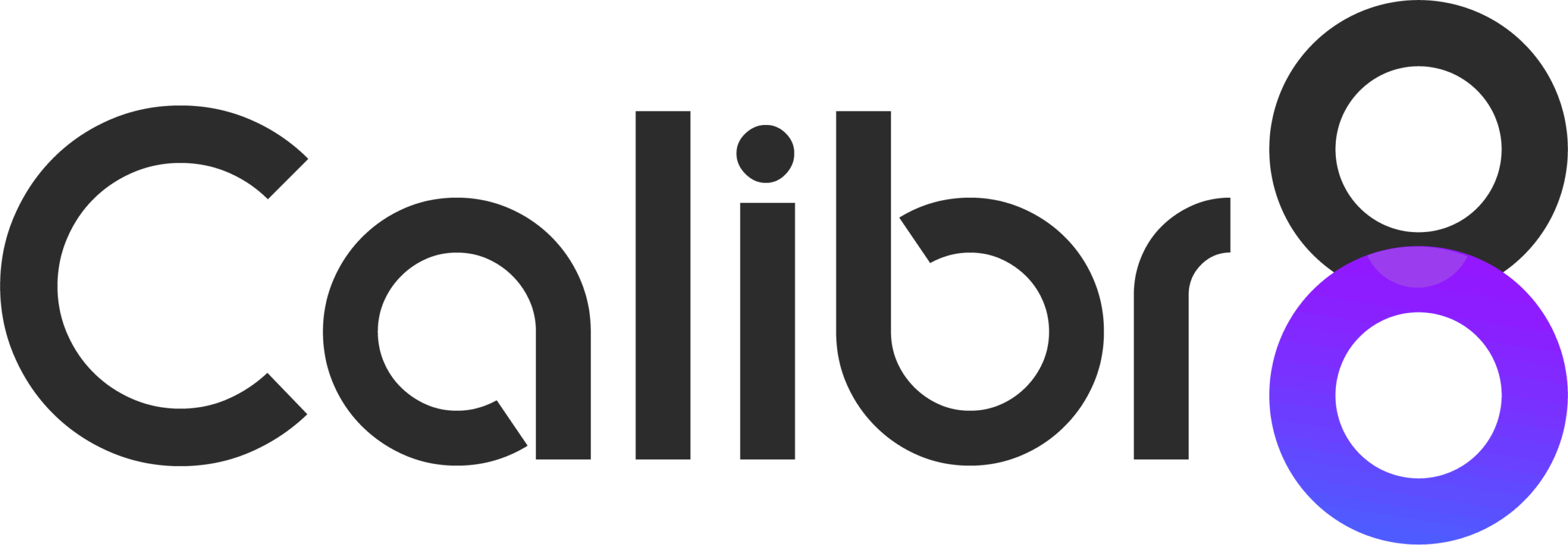Read time:
The meeting room buzzed with excitement as the team gathered around the table. They were about to launch a new product that had the potential to revolutionize their industry. But before they could move forward, they needed to ensure their target market was ready for it. The stakes were high, and the last thing they wanted was to misjudge their audience’s interest. This is where a well-executed survey feasibility study became a game changer.
Understanding the Concept of Survey Feasibility
Survey feasibility studies help determine whether a survey can effectively reach its intended audience and gather the necessary data to inform business decisions. It’s about ensuring that the survey is not only doable but also meaningful, allowing businesses to avoid the pitfalls of launching a poorly designed research effort. For marketers and business owners, this process is vital in reducing risks and increasing the chances of a successful outcome.
Key Elements of a Feasibility Study
A feasibility study typically involves several key components: sampling strategy, questionnaire design, data collection methods, and timing. Each of these elements plays a crucial role in ensuring the survey’s success. Sampling strategy, for instance, determines who you need to survey and how you’ll reach them. This step is particularly critical when dealing with multi-country audiences, where cultural differences and varying market dynamics must be considered.
The Role of Sampling in Feasibility Studies
Sampling is at the heart of any feasibility study. It’s not just about the number of respondents but ensuring that the sample is representative of the entire population you’re targeting. For businesses looking to expand into new markets, this aspect is crucial. By getting the sampling right, companies can make informed decisions about product launches, marketing strategies, and more.
Importance of Questionnaire Design
Questionnaire design is another critical component. A well-designed questionnaire can capture valuable insights that drive business growth. Conversely, a poorly designed one can lead to misleading results. Marketers and business owners must collaborate closely with research teams to develop questions that resonate with their target audience and address the study’s core objectives.
Multi-Country Audience Sampling with Zamplia
When it comes to multi-country audience sampling, Zamplia offers unparalleled expertise. Expanding your research across borders brings unique challenges, from language barriers to varying cultural norms. Zamplia ensures that businesses can navigate these complexities, providing accurate and reliable data that reflects the true sentiments of international markets. By leveraging Zamplia’s capabilities, companies can confidently explore new markets, knowing they have the insights needed to succeed.
Timing is Everything
Timing is a crucial factor in the success of any survey. Conducting a survey too early or too late in the product development process can skew the results. For example, if a survey is conducted before a market is ready to embrace a new product, the data might suggest a lack of interest, leading businesses to prematurely abandon a potentially successful venture.
Data Collection Methods
The methods used for data collection also significantly impact the feasibility of a survey. Whether it’s online surveys, phone interviews, or face-to-face interactions, choosing the right method ensures that you reach the target audience effectively. Each method has its pros and cons, and the choice often depends on the audience’s preferences and the type of data needed.
Analyzing the Results
Once the survey is complete, analyzing the results accurately is just as important as the survey itself. This stage involves sifting through the data to extract actionable insights that can guide business decisions. The findings from a feasibility study can influence everything from product design to marketing strategies, making it a powerful tool for business growth.
The Bottom Line
Survey feasibility studies offer businesses a strategic advantage, ensuring that they have the data needed to make informed decisions. From sampling and questionnaire design to data collection and analysis, each step is essential in crafting a successful survey. For marketers and business owners, investing in a feasibility study means investing in the future success of their products and services.
Are you ready to unlock the full potential of your next big idea? Take a tour or book a demo with us today.
FAQs
The duration of a survey feasibility study can vary depending on factors like the complexity of the survey, the size of the target audience, and the geographic scope. Generally, a basic study might take a few weeks, while more comprehensive, multi-country studies could take a couple of months.
Common challenges include reaching a representative sample, designing questions that elicit meaningful responses, and dealing with logistical issues like timing and data collection methods. These challenges can be magnified in multi-country studies where cultural differences come into play.
Yes, survey feasibility studies can be tailored to fit various budget constraints. While a larger budget allows for more extensive research, businesses can still gain valuable insights with a smaller-scale study by focusing on the most critical aspects and leveraging cost-effective data collection methods.


